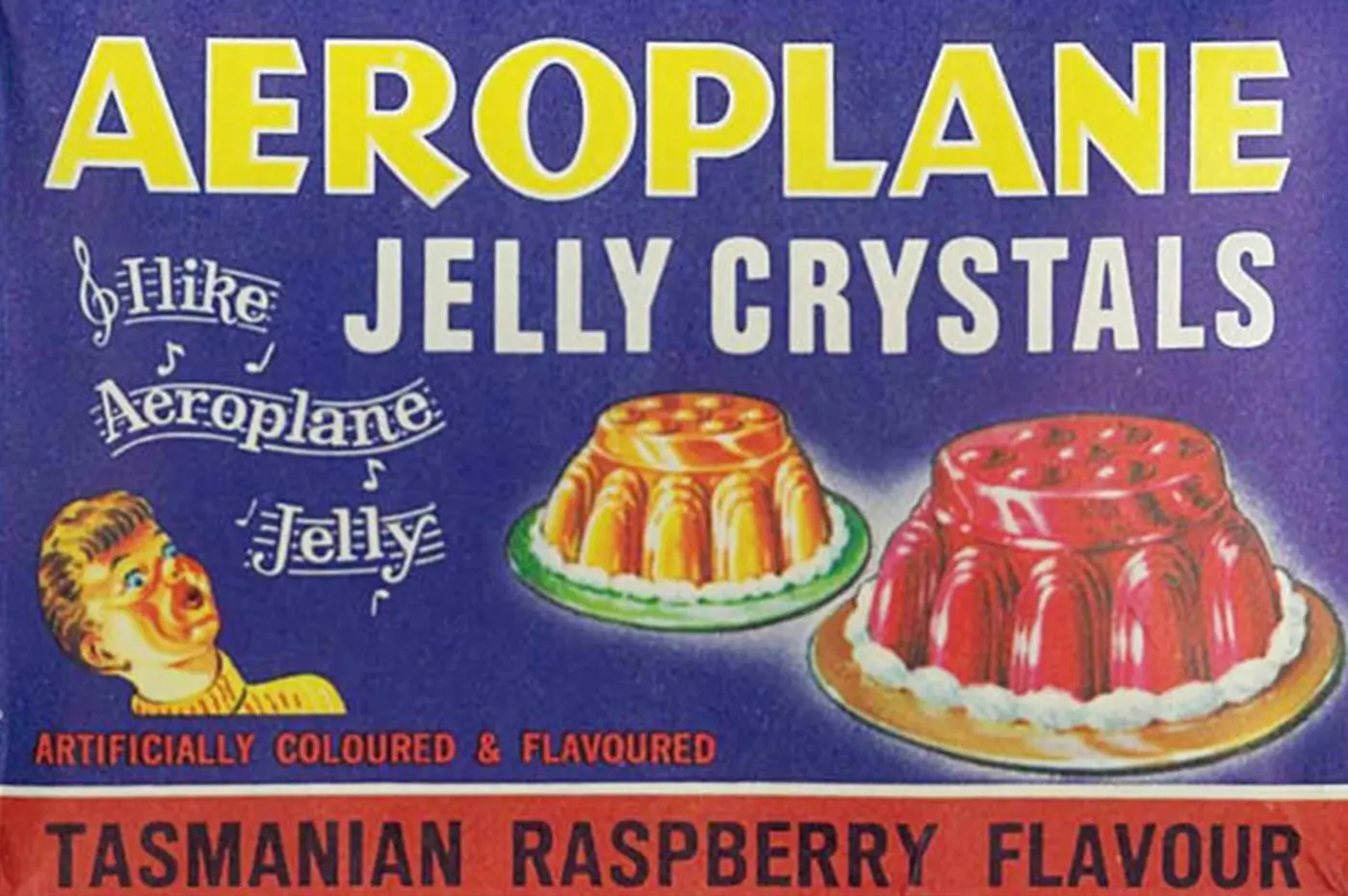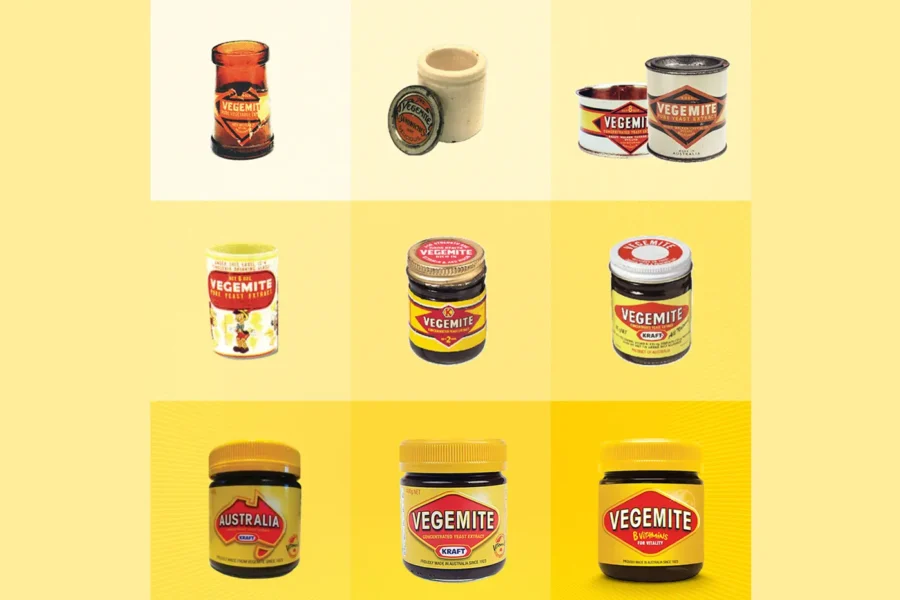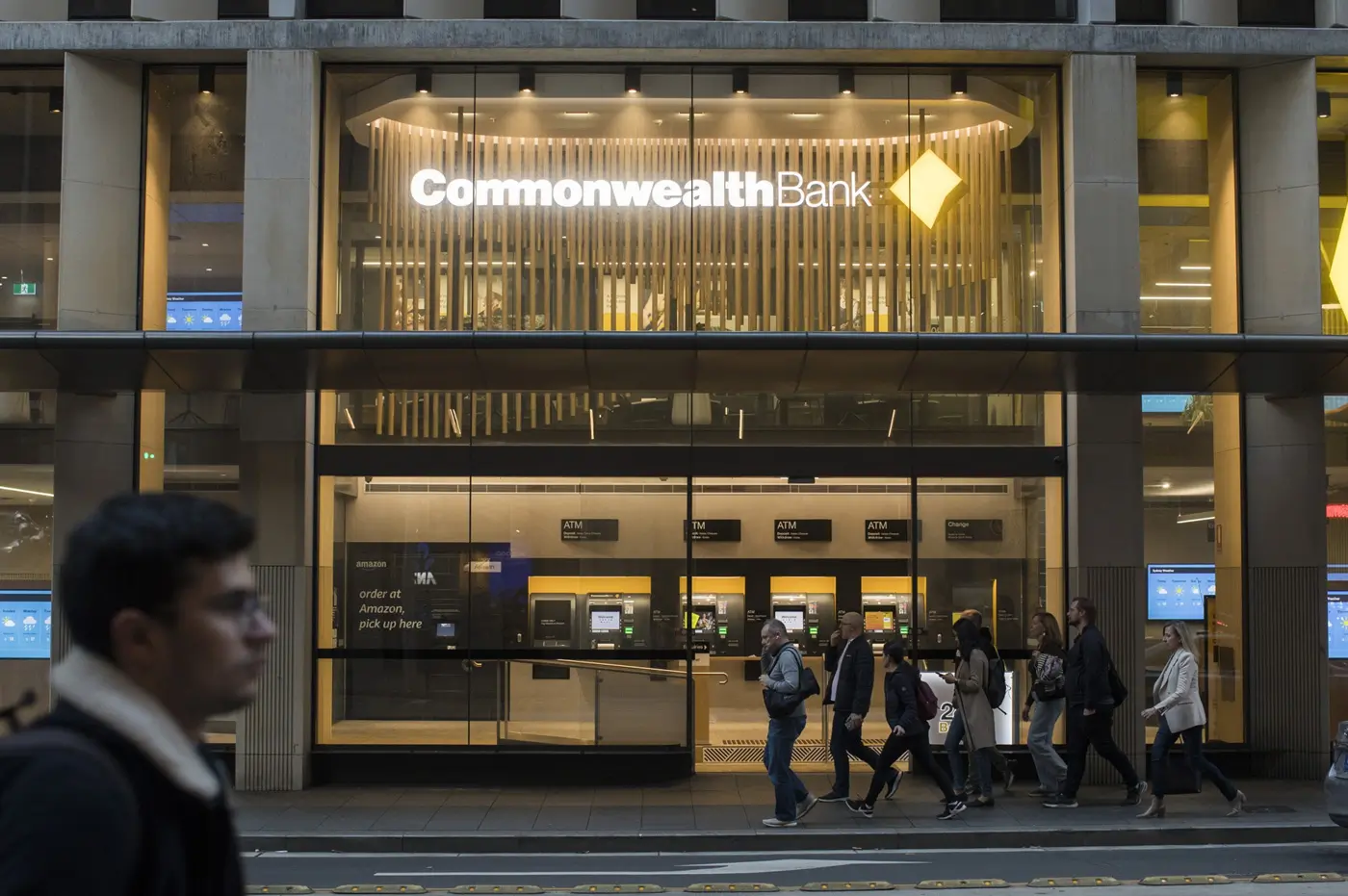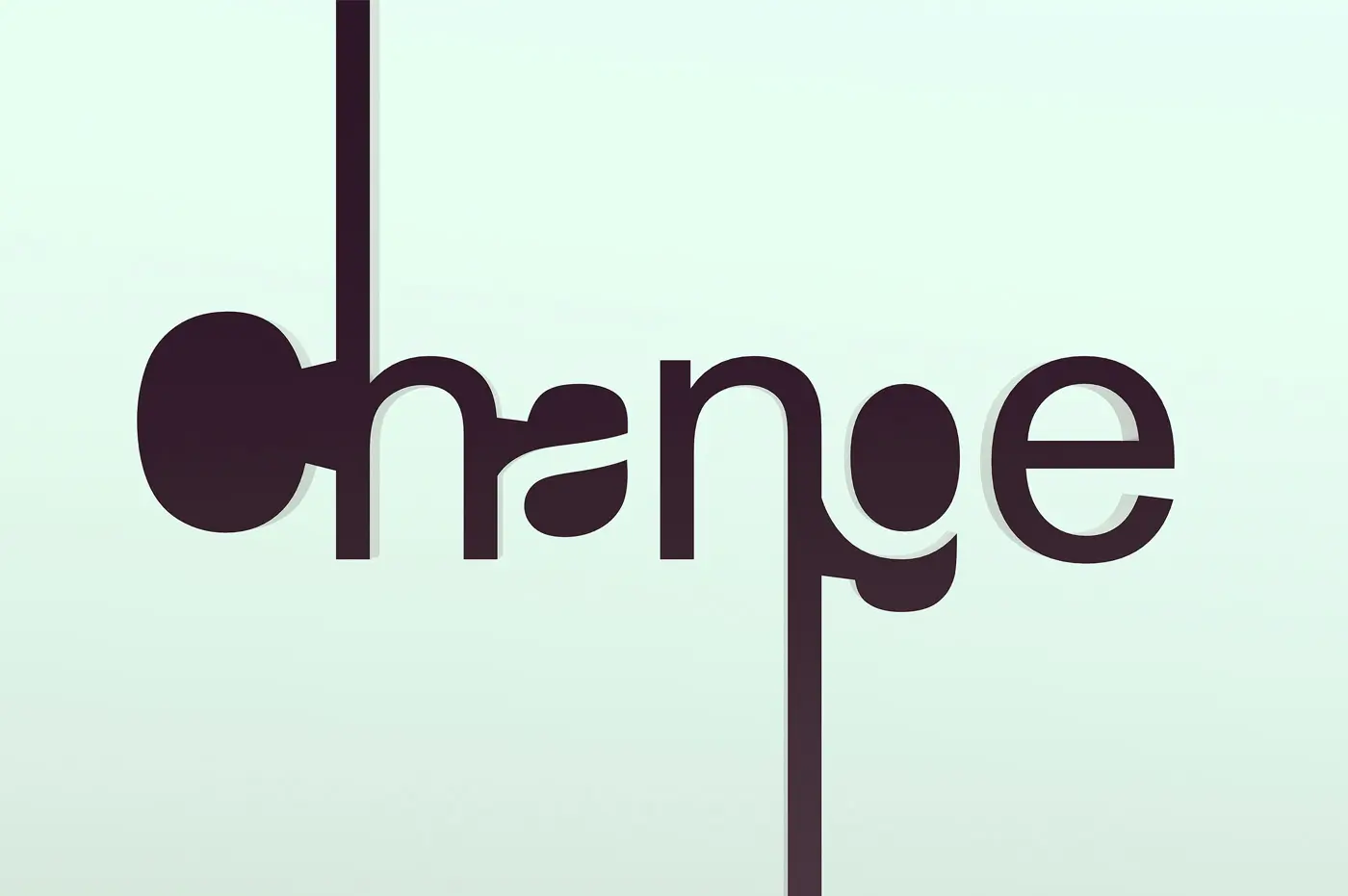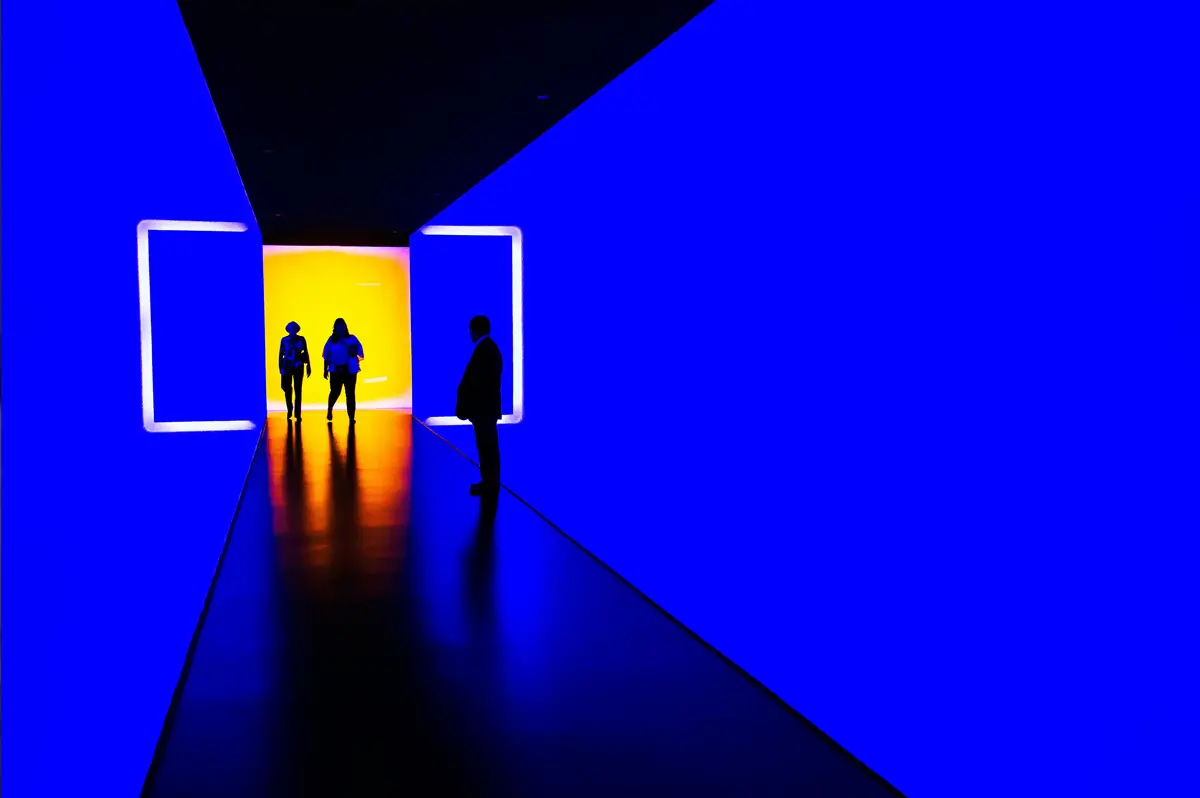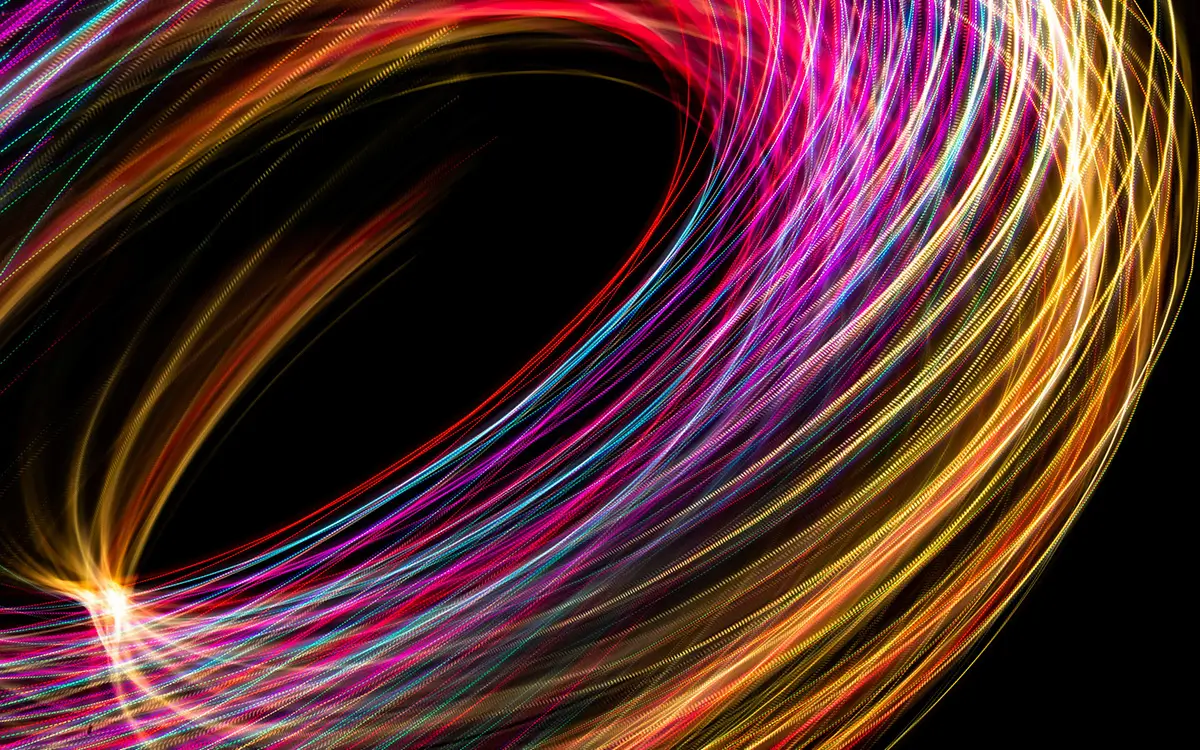Introduction to Nostalgia in Brands.
In the ever-evolving world of branding and marketing, the ability to forge deep, emotional connections with consumers is invaluable. One of the most potent tools in achieving this is nostalgia. Nostalgia transcends generations, invoking a longing for the past that resonates on a profoundly personal level. For brands, harnessing this emotional power can create lasting impressions and foster brand loyalty. In this article, we will explore the psychological impact of nostalgia, how it can be effectively utilised in brand storytelling, and strategies for implementing nostalgic elements in branding and marketing campaigns.
The Psychological Impact of Nostalgia Branding.
Emotional Connections and Memories.
Nostalgia is a universal experience that taps into the sentimental value of memories. Individuals encountering nostalgic stimuli often feel a profound connection to their past. This connection can be triggered by sensory cues such as sights, sounds, smells, or tactile experiences. Brands can leverage these triggers to create emotional connections with their audience.
Research in psychology suggests that nostalgic memories are predominantly positive. They evoke feelings of warmth, comfort, and happiness. By integrating nostalgic elements into branding, companies can evoke these positive emotions, making their brand more relatable and endearing. For instance, a brand might use retro packaging reminiscent of a consumer’s childhood, instantly creating a bridge between the past and present.
Nostalgia as a Marketing Tool.
Nostalgia’s effectiveness as a marketing tool lies in its ability to evoke emotions that influence consumer behaviour. Nostalgic marketing can enhance brand perception, increase consumer engagement, and drive purchasing decisions. When consumers feel emotionally connected to a brand, they are more likely to develop a sense of loyalty and advocacy.
Moreover, nostalgic marketing can attract a broad demographic. While older consumers might appreciate the direct reference to their past, younger consumers often view nostalgic elements as novel and charming, creating a unique appeal across age groups. This dual appeal makes nostalgia a versatile tool in a brand’s marketing arsenal.
Utilising Nostalgia in Brand Storytelling.
Creating Authentic Narratives.
Brand storytelling is about crafting a compelling narrative that resonates with your audience. Incorporating nostalgic elements into these narratives can amplify their impact. Authenticity is key; the nostalgic elements must be genuine and relevant to the brand’s history and values.
Brands can achieve this by revisiting their origins, celebrating milestones, or highlighting the evolution of their products and services. For example, a brand with a rich history can create a campaign that showcases its journey over the decades, using archival footage, old advertisements, and testimonials from long-time customers. This approach honours the brand’s legacy and reinforces its credibility and authenticity.
Eliciting Emotions Through Nostalgic Storytelling.
Nostalgic storytelling is not just about revisiting the past; it’s about meaningfully connecting the past with the present. By weaving nostalgic elements into their stories, brands can evoke a sense of continuity and timelessness, making their message more impactful and memorable.
